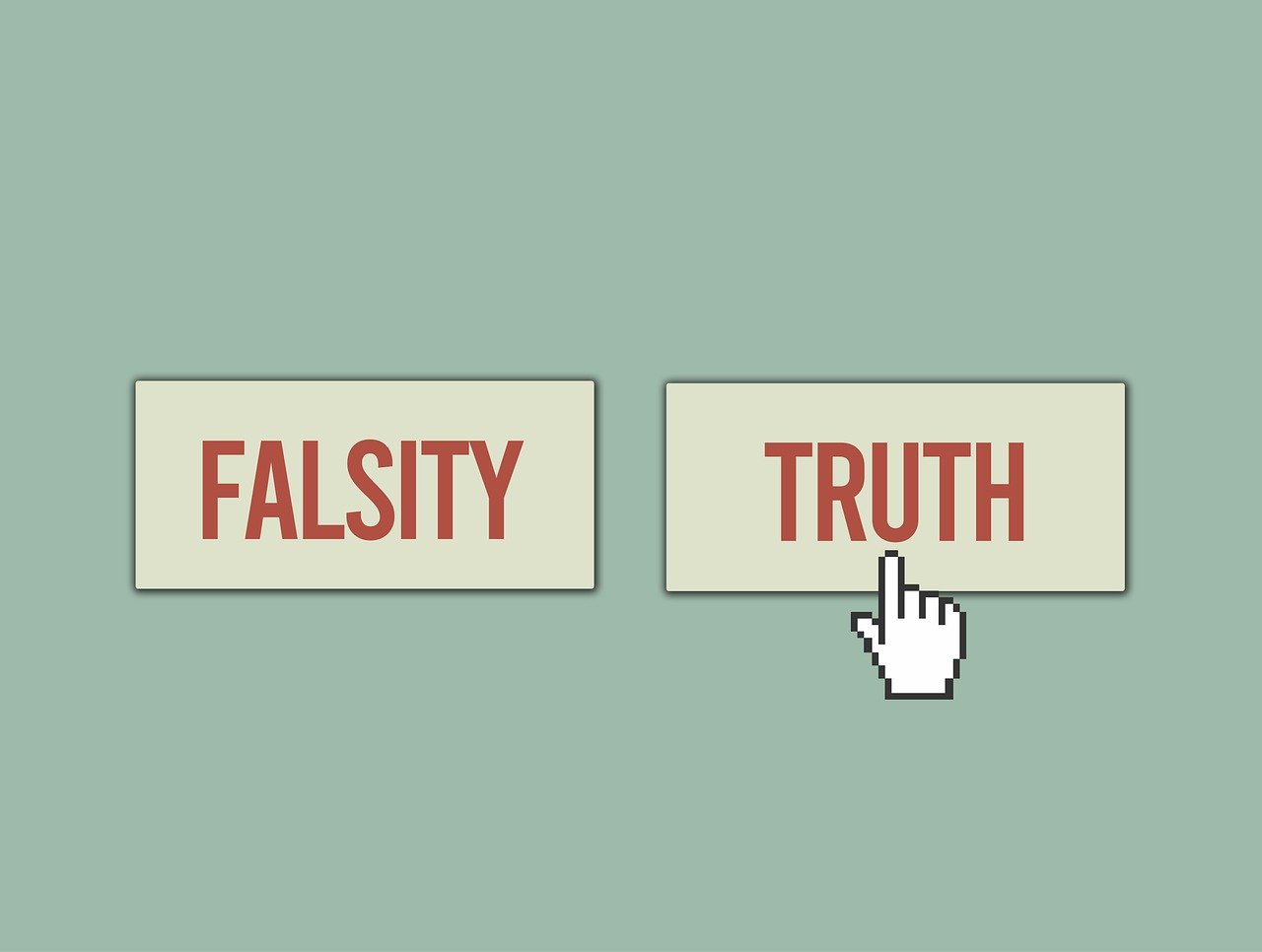What is Content Marketing?
Content Marketing is a cycle. It is the process by which content is produced for your business, blog, or website. This content establishes your brand which further content helps market. The content helps establish the brand, the brand produces more content, and that content markets the brand further. Content Marketing relies on a predetermined sense of what your brand is and what it is like. You can then use this brand personality to market your business and generate new leads based on appealing and relevant content that you have created. Ideally, this content is created in-house and will be unique to your brand. If you are recycling someone else’s content, then you are marketing for whoever else uses that content, not just for yourself. When creating content for your business to undergo content marketing with, you need to find the right content style(s) to fit your needs and to create original content in that style.
Types of Content
While it is a common assumption, content marketing is not just blog posts. Many newcomers to content marketing become quickly overwhelmed by the thought of having to produced thousands of words of quality content each day. While written content is important and accessible, there are plenty of alternatives to it. In fact, written content comes in very few options, whereas visual and audible content can be created in a variety of ways. Just some of the other content options available at your fingertips are:
- Blog Posts
- Articles
- How To’s
- Tips and Tricks
- Long-Form Topical Articles
- Short Form Question and Answer Articles
- Social Media Posts
- Comedic
- Informative
- Interactive
- Videos
- Comedic Videos
- Behind the Scenes
- Inspirational
- Helpful
- Audio
- Music
- Narration
- Informative
- Still Image
- Cartoons
- Pictures
- Memes
- Step-by-Step guides
These are just a few options of what kinds of content your business can create and market with, but there are endless possibilities in regard to content marketing. The important thing is that you decide what brand personality you want your business to have and that you take steps to establish it.
Not a New Trick
Content Marketing is not a new approach to marketing. Many people believe that the internet created the only platform for content marketing and that it is merely a fad or a half measure that many businesses easily flock to. However, content marketing is a centuries old approach that has proven effective time and again. Ever since mankind learned how to put written words and illustrations into circulation, content marketing has been a cornerstone of promotion. From sales catalogs in the Old West to Campbell’s in the 1950’s to your business today, Content Marketing is a well-known strategy. Take IHOP, for example. Last year the brand mysteriously began posting on their social media pages about changing the brand name to IHOB. While the name change was later revealed to be a myth, the content and buzz that the company created around the change resulted in millions of dollars’ worth of free advertising and marketing for the company.
Finding Applicable Content
Not all content marketing approaches are appropriate for all businesses. Reflecting back on the IHOP example above, smaller companies wouldn’t have much successes changing their name and producing videos to match. The end result would just be unnecessary confusion. When creating content for your business, it is important to consider what types of content are within your means and what content you want to be associated with your brand. In other words, what is your brand personality and what types of content promote that personality?
A good place to start is by looking at companies with similar products or purposes as your own. By viewing what others are doing, you can see what content tends to succeed in your industry and what content has yet to hit its mark. From here you can begin to tailor those styles of content to your business and the distinctions between you and the competition.
An Interwoven Approach
Content Marketing isn’t a one-off approach to marketing. The mere act of creating content does not mean that you will be instantly successful. While a viral video or a popular meme may carry your business a long distance in a short time, it won’t establish an effective marketing platform. Not every piece of your content will succeed, and that is okay. However, none of your content will succeed if you do not take a multi-faceted approach to your businesses’ marketing strategy. The fact of the matter is that content marketing only works when done hand in hand with other marketing strategies. Your content is worthless if it is not being seen by anyone. Content Marketing is a great strategy for hooking people into your brand, but there are other necessary marketing steps in order to properly bait your hook. These steps include Search Engine Marketing, Search Engine Optimization, Social Media Marketing, and Inbound Marketing.
Social Media Marketing
While Content Marketing existed long before Social Media Marketing, it is often hard to imagine one of these strategies working without the other. Social Media platforms such as Facebook, Twitter, YouTube, and Instagram are great places to publish and promote your content. However, each platform serves your content in different ways. Imagine posting a still video of your articles on YouTube. No voice over, no music, no narration, just a three-minute clip of your written words. It would accomplish nothing, and your channel would be immediately disregarded. However, if you post a clip of that article on Facebook and attach a link to the full text at the bottom, that suddenly becomes content that you can actively promote through the Platform. Whatever content you create, make sure to use the social media platforms best suited for its delivery, and make sure that you consistently feed new content to your growing follower base.
Search Engine Marketing
In addition to social media platforms, Search Engines are a prime launch point for all of your content. While you can’t post directly to Google’s front page, it is important to remember that you can tailor your content to better appear on said front page. Google’s front page is also a great place to look when searching for ideas for new content to create.
In addition, Search Engines are a great place to view the results of all of your content marketing efforts. If you are making the first page, especially within the first few listings, for several relevant terms, then your content marketing strategies are probably working. If not, search engines offer plenty of analytics, tools, and advertising options to help get you started.
Search Engine Optimization
While there are external options for maximizing your created content’s search potential, the easiest and most cost-effective means are available through your website’s back end. Before you spend time and money advertising through Google, you can perform search engine optimization on your website and every piece of content housed on it.
Search Engine Algorithms are never set in stone, and constant tweaks are always being made. In addition, technology changes constantly and the demands of new forms of internet access and search engine usage demand changing standards. By keeping your content in accordance with these standards, you can ensure that search engines find your content quickly and rank it within your expectations. Utilize keywords, links, and content length properly and your content will quickly climb the search results ladder.
Inbound Marketing
Inbound Marketing isn’t fixated around a brand, rather it is intended to draw as many leads, customers, or clients in as possible. This is where viral content becomes very popular. If content marketing is centered around a brand, then how does it work in tandem with inbound marketing? The answer lies in the name, content marketing is focused on content. While that content generally serves the brand, it can also be tooled to serve user interests. The short answer is that content marketing can either function as a component of inbound marketing, or it can function as an independent strategy. The key is to determine whether the brand is the focus. Either way, you need content to be able to release on the internet in order to draw users in.
Sales Funnel
Once your content enters search engine rankings or lands on a social media page, what is next? This can be tricky because the ball isn’t necessarily in your court as soon as new content is posted. From there the users have to decide if and when they want to enter into the sales funnel, even if they don’t know that that is the decision, they are making by following a link or searching for your business website.
It is crucial that you have an appropriate sales funnel in place for every customer that visits your website. This doesn’t mean that you need to hard sell at the end of every video or article, but that your content feeds into areas of your website that can begin the sales process in earnest. Remember that casual users are visiting your website for the content that brought them there in the first place and fixate your sales funnel around that.
Strategize
Create a content marketing plan and then execute it. Decide what types of content you are capable of creating and can deliver on, then decide how frequently you can deliver on that type of content. From there, set a schedule. Deliver on that schedule consistently and watch your content marketing begin to work. Creating a consistent and reliable pool of content for users to find is the first step. Once you have a steady flow of content to market with, you can begin utilizing Search Engine Marketing, Social Media Marketing, and Search Engine Optimization strategies to push your content and build your fanbase.
Creating Your Own Content
Create your own content. If you are licensing someone else’s content, you are marketing with an ineffective tool. If other businesses are promoting the exact same content as your business, then users have no real reason to invest time or interest into your website. Don’t create your content to be exactly like someone else’s “successful” content either. Your content needs to be just that, your content. When your content comes with a distinct style or voice, it begins to stand out and that is where your content marketing efforts can begin to come to fruition.
Content to Benefit Your Existing Audience
Content Marketing isn’t just for growing your audience, it also helps to engage with your existing audience. Keeping a repeat customer is much easier than bringing in a new one. Remember this simple truth when creating content for your content marketing strategy. Your content should not be rehashing’s of articles, videos, and photos you have already put out. Your content should continue to explore new topics, promote new ideas, and cater to those already following and invested in your business. Keep your content fresh.
Targeting Your Audience(s)
What audience(s) does this piece of content target? What audience(s) are being excluded? If you can’t comfortably answer either of these questions, then you need to re-evaluate why you are creating content. Content without purpose and without a specific target audience in mind is pointless when it comes to marketing. You need to ascertain who your business can benefit the most and tailor your content to best fit their needs. Continue to refine your content as you see what content your intended audience reacts well with and what content it doesn’t.
Conclusion
Content Marketing is a useful tool for any business, blog, or website. If you can create content that people are interested in, you have gained a useful skill required for expanding your follower count or customer base. When you create content, make sure that it is focused and relevant to what users are looking for. Content Marketing is a tested strategy that has proven successful time and again, use its many facets to generate leads and start growing your business today.




















